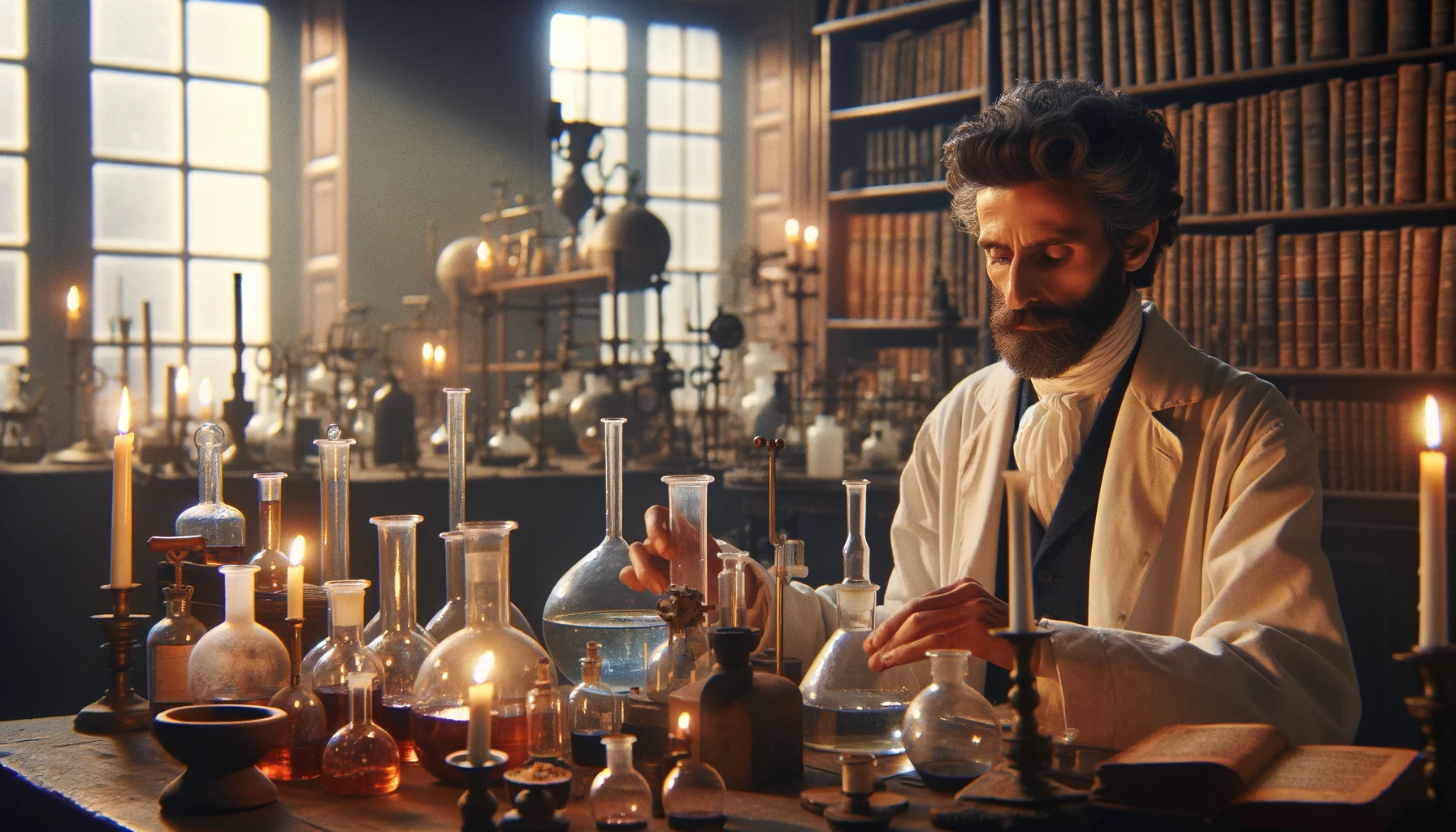Joseph Proust's seminal work in chemistry, culminating in the early 19th century, led to the establishment of the Law of Definite Proportions, a cornerstone in the field of chemical analysis and composition. Proust's law fundamentally asserts that chemical compounds are always composed of elements in constant proportions by mass. This principle, also known as Proust's Law, challenged the prevailing theory of variable proportions and significantly advanced the development of atomic theory.
Proust's defining experiments were not limited to, but notably included, the analysis of copper carbonate. Through his meticulous approach, he heated and decomposed copper carbonate (CuCO3) into copper oxide (CuO) and carbon dioxide (CO2), as represented by the chemical equation CuCO3 → CuO + CO2. Proust observed that regardless of the source or the amount of copper carbonate used, the ratio of copper to carbon to oxygen in the compound remained constant. This consistent ratio led to the formulation of his Law of Definite Proportions: a chemical compound always contains exactly the same proportion of elements by mass.
The timeline of Proust's research is crucial for understanding the development of this law. While some of his early work began around 1794, his most significant contributions and publications that solidified the Law of Definite Proportions occurred between 1797 and 1804. It is during this period that he refined his theory and presented compelling empirical evidence to support it.
Proust's work was pivotal in shifting the scientific understanding of chemical compounds from the previously held belief in variable proportions to a recognition of fixed compositional ratios. This shift laid the groundwork for the atomic theory of matter, influencing future scientific research and education, particularly in atomic theory.
Joseph Proust’s meticulous experimental approach and the discovery of the Law of Definite Proportions exemplify the awe and wonder inherent in scientific discovery. His contributions have inspired generations of chemists and students in the field of chemical sciences, marking a monumental moment in the history of chemistry.
